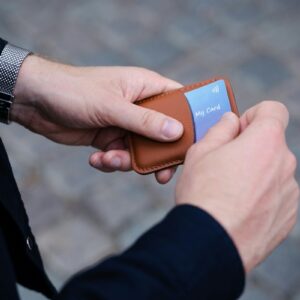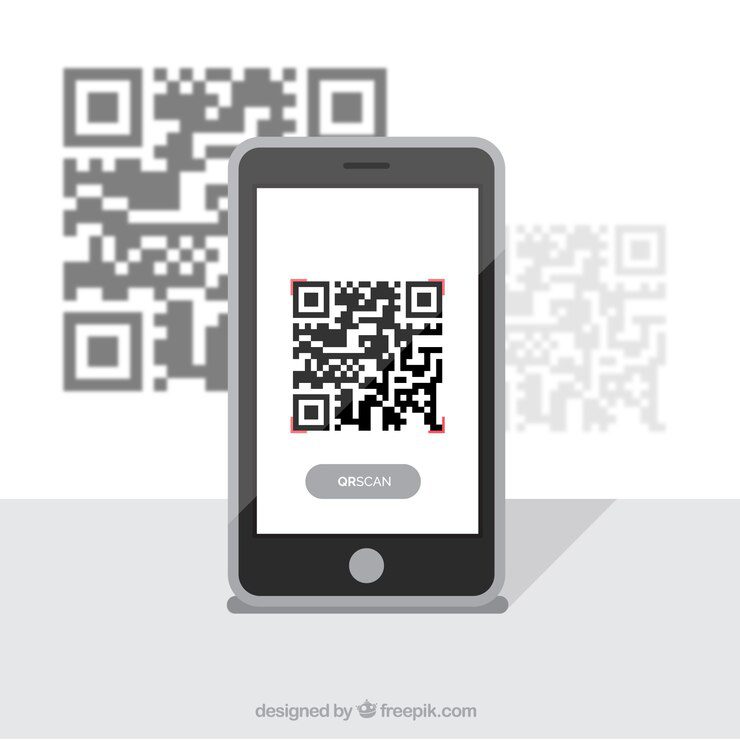Blog
-

1000 Biz Cards in my pocket
Yep, this card fits in my pocket and it’s light as a feather.
I don’t have to bring hundreds of cards with me when I got to seminars, meetings or sales events. I just carry “My Card” and it guarantees that my contact information actually gets INTO my potential client’s contact file. It also lets me get a little bit of information to add to my contact file without seeming ‘pushy’.
One price, lets me get all that for a quick, seamless and non-intrusive way to share contact information.
I do not like to have a bulky wallet or card holder, so this works perfectly and does the job!
-

Case Study 1
If you are an animal lover then you have had the experience of jumping out of your car or run down a street to save a dog or cat. As we all know most animals are in a heightened state of fear, anxiety, or ftenzyand it becomes hard to read let alone capture a phone number or email from the standard dog collar tag. That is where the IDME Pet Tag helped because I only had to swipe my mobile phone near the tag to get all the information I need to get that pet identified and rescued.
-

The “Old” Pet Tags
The older pet tags were just a simple tag with the pet’s name and maybe a phone number. Then, when a stray or lost pet is found, the person has to find the contact information and contact the owner. Have you ever tried to catch a lost pet? Often times the pet is fearful and anxious, resulting in restlessness and avoidance. So capturing the contact information on a tag is rough, and unsuccessful.
Even if you get hold of the pet, the older tag info may be worn off or difficult to read.
That is why our updated, next generation tags can make a significant impact on the rescue of that pet.
You do not have to hold the pet for a long period of time, but simply pass a mobile phone near the tag to get the contact and rescue information easily.
It’s not always this easy to read the old style pet tags.
-

QR Code Myths – Fact Checked
Test post 1
Spoiler: None of These Myths Are 100% True
After all, most of them come from a lack of information about QR technology. Today we will dispel these destructive beliefs that limit your possibilities and find out what QR Codes are really capable of. Let’s go!Myth 1: QR Codes Are Only Suitable for Links
Truth: You can add other content to the code, such as video, image, audio, presentation, list, payment information, and more.
Create One of 44 Types of QR CodesMyth 2: You Can’t Replace the Content of a QR Code
Truth: This is true when it comes to a static QR Code. Use dynamic QR Codes with our generator — and you can always replace the content inside the code.
Create a Dynamic QR CodeMyth 3: Attackers Can Steal a QR Code
Truth: Only the person who created the finished QR Code has access to it, so attackers won’t be able to modify it. Your QR Codes will be safeCreate a Secure QR Code
Myth 4. QR Codes Are Difficult to Scan
Truth: it is not more difficult than to take an ordinary photo. It is necessary only to point the smartphone camera at the image to scan. You can also scan a QR Code on your PC or laptop.Create a QR Code For Any Scanner
Myth 5. QR Code Has No Analytical Value
Truth: Only in the case of static codes. Our dynamic QR Codes will provide access to valuable statistics: date and time of scanning, geo-position of users, etc.Create a QR Code With Valuable Statistics
Myth 6. The Appearance of a QR Code Doesn’t Attract Attention
Truth: ordinary codes may indeed look standard. But with our generator you can create a unique QR Code with a special design: for example, frames and bright colors.Create a QR Code With Unique Design
Myth 7. QR Code is Easy to Damage
Truth: the code remains functional even if it is damaged by 30%. That’s why scratches and other damages cannot significantly affect the readability of a QR Code and provoke scanning errors. -

Importance of Person ID
What we know about older people and becoming lost :
original post: Click
Older people (those over 65) are more vulnerable to becoming lost. Age-related declines in physical and cognitive function impact our ability to navigate and endure the environment and seek assistance.
Becoming lost is very distressing for both the lost person and for their loved ones. People with dementia are at increased risk of becoming lost due to memory problems, loss of judgement and reduced visual-perceptual ability (they might forget landmarks, become confused about direction, or not recognise places).
Frailty and increased risk of disease as we age mean the risk of sustaining an injury, possibly a fatal injury, increases for older people.
What our study found
Our study examined incident reports of older people who became lost in the US and had the matter reported to police or directly to a search and rescue team. We looked at 1,703 incidents which required a search and rescue operation to locate the person. We used US data because it was more extensive and detailed than what we have in Australia.
Of the 1,703 cases, 208 (12%) were found dead. This was more than we expected, but exact numbers of deaths are hard to predict since some people will also die due to injury after being found, and some are found quickly before the police are called.
We found death was more likely in situations where there were water-related activities (such as boating and fishing), cold weather conditions (drizzle, rain, snow), and among males. And for those who didn’t survive, they were more likely to be found in water or wetlands compared to the people found alive.
Importantly, for those who didn’t survive, the time taken to notify search and rescue teams was three times longer. The search time was six times longer.
Interestingly, people with dementia were more likely to be found alive than those without dementia.
Read more: These 12 things can reduce your dementia risk – but many Australians don’t know them all
Why were people with dementia more likely to survive?
While it seems a counterintuitive finding, the explanation for why those with dementia fared better may be in our approach to care, and the rescue methods applied for older people with dementia.
Caregivers for people with dementia may be using technological tracking devices or locking doors more regularly to prevent the older person with dementia from leaving their home.
It’s also plausible the greater concerns for the safety and wellbeing of people with dementia may be an impetus for caregivers to notify search and rescue teams earlier, compared to when a person without dementia is noticed missing.
Alternatively, it may also reflect the strategies employed by search and rescue teams. Searches for lost people with dementia are often prioritised and given the highest urgency by search and rescue teams.
This focus on people with dementia may overlook other older people in need of interventions. We may not feel the same level of urgency, or even recognise there is real risk of harm to people without dementia.





